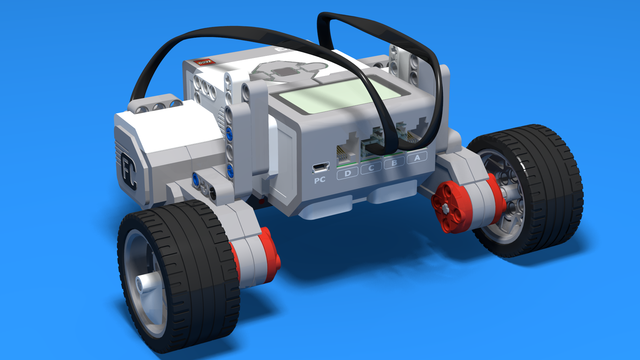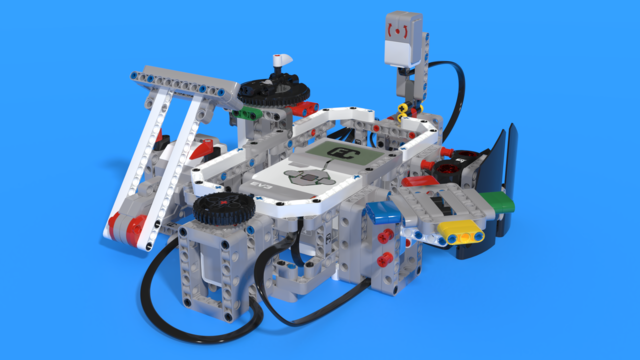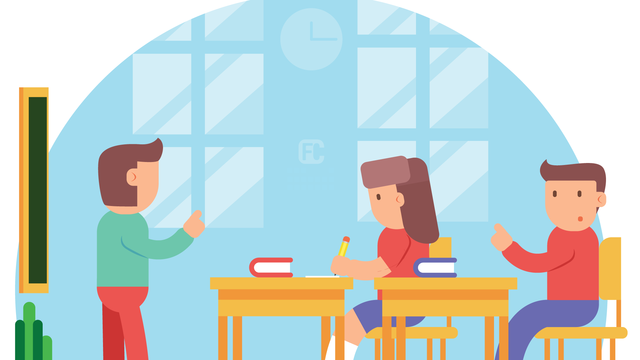As the name indicates, ultrasonic sensors measure distance by using ultrasonic waves. One of the “eyes” on the sensor head is the transmitter and emits an ultrasonic wave and the other “eye” is the receiver which receives the wave reflected back from the target.

To access the full video please subscribe to FLLCasts.com
- #944
- 17 Aug 2018
Ultrasonic sensors measure the distance to the target by measuring the time between the emission and reception.
How does this happen? The robot emits an ultrasonic wave with a constant speed and uses the Distance-Speed-Time formula that distance is speed multiplied by time (S=V.t). As speed is constant, it is known to the robot. By measuring the time between the emission and reception, the robot finds distance.
Ultrasonic waves have high frequency – much larger than the frequency human beings can detect.

Ultrasound is used in medicine and industry.
In medicine ultrasound is used to visualize soft tissue and muscles and thus visualize organs of the body.
In industry ultrasound is used to locate various defects and flaws in production.
When ultrasonic waves are sent to a product, its solid parts reflect them while hollow ones diffract them which makes it easy to locate holes and cracks in concrete, for example.
Courses and lessons with this Tutorial
This Tutorial is used in the following courses and lessons

Robotics with LEGO - Level 1.0 - Adventure in Space
The first level of the Robotics with LEGO curriculum for students in fifth to twelfth grades.
Various constructions with robots are built. Learn how to control the motors so that the robot navigates around the Moon and Earth in various ways. Getting to know the first two sensors. The robot can feel its surroundings with the help of the Touch sensor and avoid obstacles.
The Ultrasonic distance sensor can help the robot avoid obstacles. Students work with concepts like loop, degrees and medium motor. Robots can now do two different actions at the same time - while solving missions on a field, the third motor clears detected obstacles.
- 126
- 123:52
- 150

Lesson 6 - Exploring the surface of Venus
In the next lesson we usually do a graduation. Write down your impressions about the students and the reasons why they have the grades you gave them.
- 8
- 3
- 6
- 3d_rotation 1

Level A2. "Space exploration". Robotics with LEGO
The second level of the Robotics with LEGO curriculum for students in second, third or fourth grades.
A new sensor is introduced - the Ultrasonic distance sensor can help the robot avoid obstacles. Students work with new concepts like loop, degrees and medium motor. Robots can now do two different actions at the same time - while solving missions on a field, the third motor clears detected obstacles. The first robot with chain-treads is built.
- 63
- 3:02
- 117

Lesson 5 - Navigation in a Labyrinth
Remember to provide feedback to students regularly. It's important to give structured feedback in the form of a grade. Today, you'll need to grade your students following this article.
- 10
- 3
- 2
- 3d_rotation 1

Robotics with LEGO - Level 4.0 - Kinesthetic and Memory Game (in development)
The seventh level of the Robotics with LEGO curriculum for students in sixth or seventh grade.
In this level, student develop a memory training game. The player must remember series of actions like press a button, shake a pole, pull a lever, show one of many colors. In order to program the game, students use many variables and modify their states. Students create their own custom sounds and images, in order to reflect their own personality in the game. In the end of the level, the game stores top scores even after a full shut down with the help of text files.
- 59
- 2:58
- 200

Remember how to work with the ultrasonic sensor
The EV3 Ultrasonic sensor is used to measure distance. We can use the sensor to detect whether there is a wall or some other solid object ahead and how far it is. But to master it usage, first we should know how does it work
- 3
- 0
- 0
- 3d_rotation 0